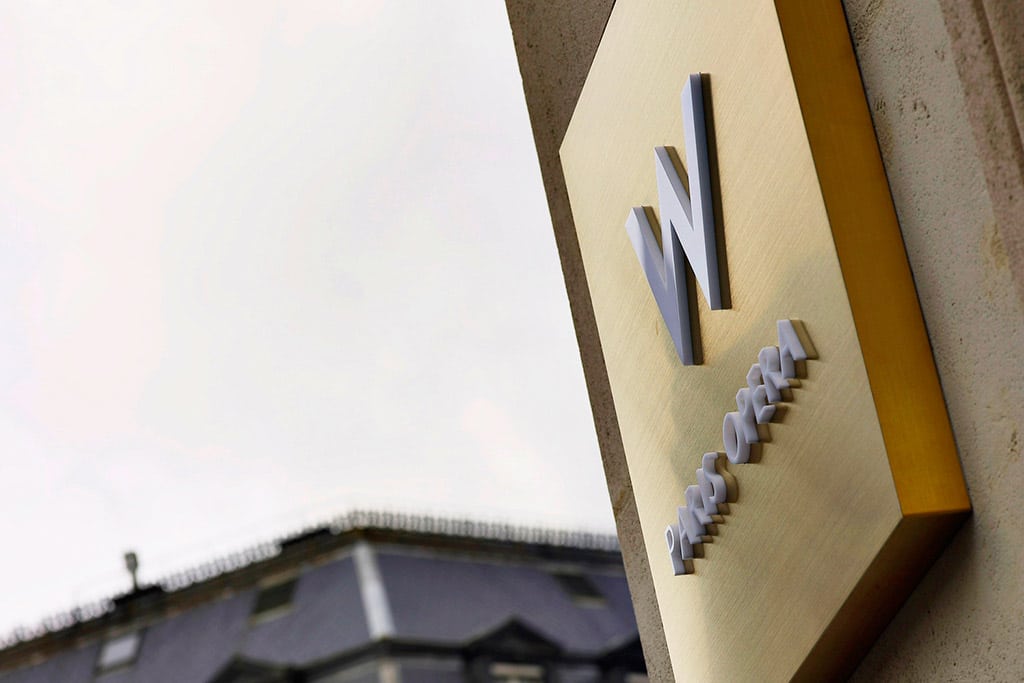Marriott-Starwood Investor Call: Anbang's Deal Was 'Very Real'

Skift Take
Anbang very well could have afforded to buy Starwood, and the threat of an Anbang takeover was "very real" for Marriott. We probably haven't seen the last of Anbang. But for whatever reason, Anbang is no longer in the picture, and Marriott and Starwood can now continue to form the world's largest hotel company. Let's see how it goes.
Less than 24 hours after it was announced that Anbang Insurance Group and its consortium decided to abandon their last-minute efforts to acquire Starwood Hotels & Resorts, the CEOs of Marriott International and Starwood hosted a joint investors call from the Marriott Marquis in New York to discuss their plans to become the world's largest hotel company, with more than 5,500 hotel properties and 1.1 million rooms worldwide.
Unless another last-minute takeover bid is offered before April 8, or their shareholders don't approve the new deal, both companies are back on the path to becoming one entity. And to ensure the value of their new deal and that it actually closes, both companies are urging their respective stockholders to approve their new agreement, valued at $13.3 billion, on April 8.
Here are some highlights of what Marriott CEO Arne Sorenson and Starwood CEO Thomas B. Mangas said to make their case to stockholders:
Marriott's Sorenson is still "enthused" and "thrilled" about the deal, even though it's paying more for Starwood. Sorenson said, "We ended up with a proposal that we thought was a very strong deal for us. We admit is was not as good a deal for us as the one we announced in November. Anbang's arrival on the scene did require us to increase our price."
Anbang is "formidable," their $13.2 billion offer was very real, and this probably isn't the last time we'll hear of them in the U.S. hospitality industry. Throughout the presentation, Mangas used that term to describe Anbang, and he made it clear that Anbang very well could have financed a newer, more expensive deal. It's just that, this time around, it decided to walk away.
"Having sat across the table from [Anbang] chairman Wu [Xiaohui] and Anbang, they are a very formidable and an incredible counterparty here that had delivered a superior bindind proposal and I want you to know that, having seen them in action, they are very credible," Mangas said. "They moved mountains to persuade our board, and they move quickly, and were incredibly shrewd in how they worked with us to get a deal done quickly."
Mangas later added that Anbang walked away from the deal amicably and said "they were consummate professionals, and they handled this process with great skill and they brought in advisors to help them. We believe they were capable of replicating what they had the first time around, but we never got that far."
Mangas also seemed to be telling Starwood shareholders that whi
